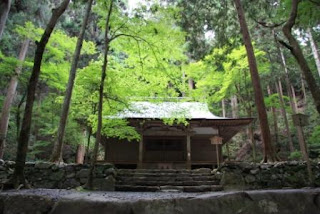平安神宮 神苑(京都/岡崎公園)
I sometimes take guests to Heian (Jingu) shrine, but there aren’t many occasions we visit the garden partly because there’s an admission fee but mainly because of a lack of time.
Today I’ll show you its garden. The second week of June I was requested to take guests to the garden even though they had been to the shrine on a bus tour. I heard that they didn’t enjoy the shrine and it didn’t make any sense wishing to go there again.
When we arrived I finally understood they wanted to see its garden, not the shrine itself.


Japanese iris was almost in full-bloom and water lilies were just coming into bloom. The garden was breathtakingly beautiful.
I’ve been there many times and didn’t appreciate it much. The visit changed my opinion. The garden is transformed by the flowers. It is also a popular destination for cherry blossom viewing which should be lovely as well.

Those two buildings were transferred from the Imperial Palace when the garden was built in 1912 by a prominent gardener Ogawa Jihei, the pioneer of the modern Japanese garden.


Official site/The Garden (English)
Official site/Access (English)


















































